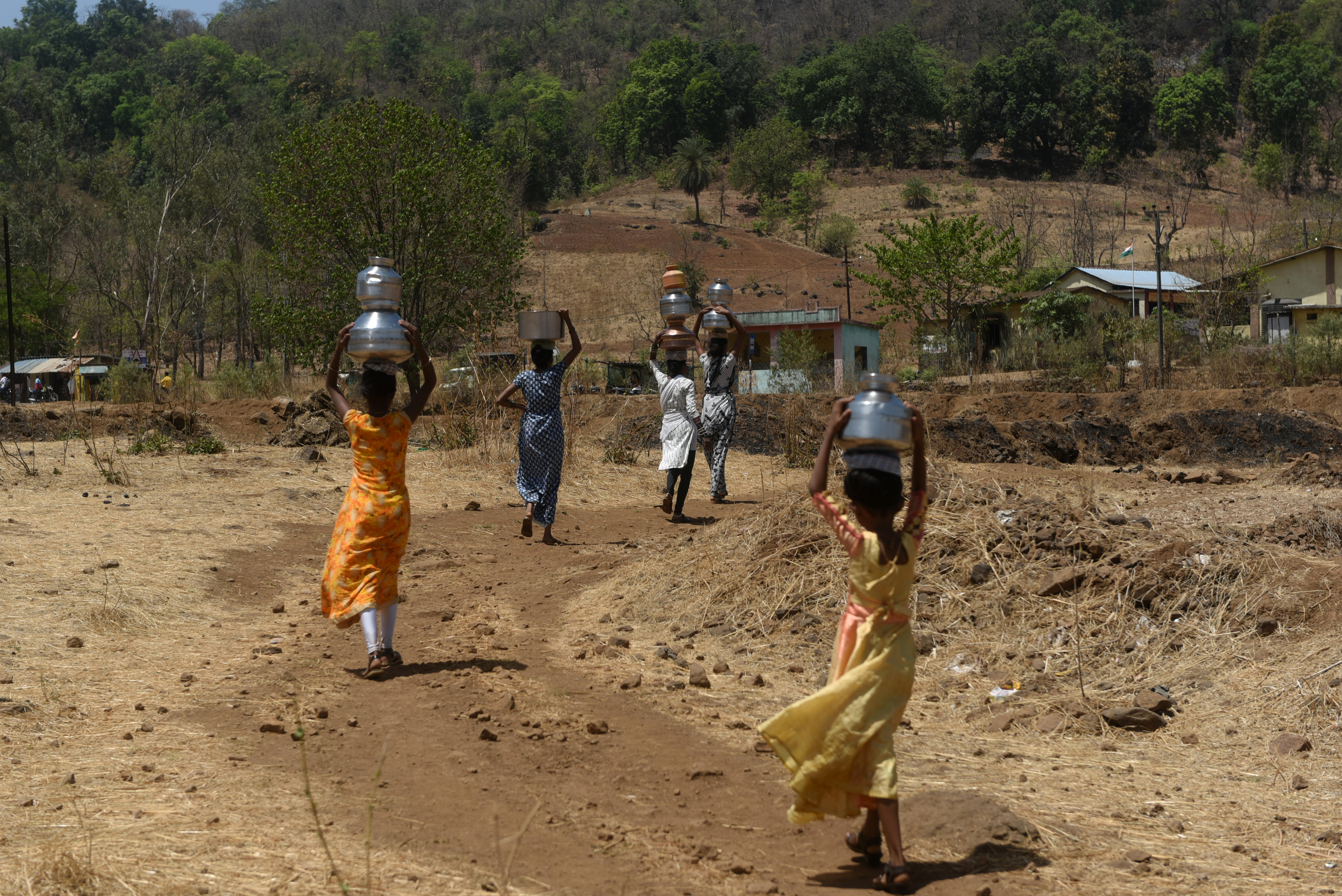Search results
An Indian summer is a period of unseasonably warm, dry weather that sometimes occurs in autumn in temperate regions of the northern hemisphere. Several sources describe a true Indian summer as not occurring until after the first frost, or more specifically the first "killing frost".
Jan 7, 2024 · The term “Indian Summer” has been around for centuries. What is an Indian Summer or Second Summer? Where did this term originate, and what is its meaning today? Learn more.
What's the meaning of the phrase 'Indian summer'? An unseasonably warm, dry and calm weather, usually following a period of colder weather or frost in the late Autumn (or in the Southern hemisphere, where the term is less common, the late Spring).
News about summer, fruits, vegetables
News about India, Joe Biden, Blue Star
News about India, English, boxer
Also in the news
Indian summer, period of dry, unseasonably warm weather in late October or November in the central and eastern United States. The term originated in New England and probably arose from the Indians’ practice of gathering winter stores at this time. This autumn warm period also occurs in Europe,
Jan 16, 2024 · “Indian summer” is a phrase most North Americans use to describe an unseasonably warm and sunny patch of weather during autumn. Weather Historian William R Deedler, of the National Weather Service, describes it as “any spell of warm, quiet, hazy weather that may occur in October or even early November”.
Jul 21, 2011 · For most people in the modern world, including meteorologists, Indian Summer, or “Second Summer” as it's also come to be known, is a warm spell after a cold snap usually during autumn. More specifically, it is the warm spell of sunny and clear weather with above-average temperatures (usually at least 70°F).
The meaning of INDIAN SUMMER is a period of warm or mild weather in late autumn or early winter. How to use Indian summer in a sentence.




